The Collection of Medals formed by the late Tim Ash Indian Mutiny 1857-59, no clasp (1st Lieut. C. L. R. Glasfurd, 1st Bombay Eurn. Fusrs.) nearly extremely fine £350-450 Footnote Charles Lamont Robertson Glasfurd was born at Almorah on 17 March 1831, son of Lieutenant (later Major-General) John Glasfurd, Bengal Engineers. Sent home from India by his father to Scotland in 1837, he was educated at school at Inverness until 1847 when he was sent to the Scottish Naval and Military Academy, Edinburgh, until 1848. He was granted a direct entry to the East India Company’s Military Service as a Cadet for the Bombay Infantry in 1849. He arrived at Bombay in March 1849 and was posted as Ensign to the 1st Bombay European Fusiliers. Within three years of his arrival in India he had qualified as an Interpreter in three Indian languages. In 1855 he was appointed to the Revenue Survey and Assessment in the Southern Mahratta Country, Sattra and Dharwar, until 1860. He was recalled from Civil Employ, Revenue and Survey Department, to serve with his regiment at Mooltan in 1858 and was engaged in the suppression of the outbreak of the 62nd and 69th Regiments Bengal Native Infantry, and 4th/3rd Bengal Horse Artillery, 31 August 1858 (Medal). From 1860, until his retirement as a Major-General in September 1881, he served in the Central Provinces in various grades of Commissioner, with particular note as Deputy Commissioner in the Upper Godavary District during the early 1860s. Major-General Glasfurd died at Villa Athor, Algiers, on 14 May 1887, aged 56, whilst on a winter vacation. Glasfurd left an unpublished memoir of his own life up to 1876 and also a memoir he compiled on his father’s life (IOR MSS Eur. D.685). The memoirs of his early life in Scotland and later in the military service are full of interest, particularly the period prior to his marriage in 1870. They contain a first hand account of the events of the Mutiny at Mooltan in 1858 in which he was an active participant: ‘The misguided men were shot or cut down by all parties and in all quarters. Of thirteen hundred mutineers few lived to return to their own Hindoostan; three or four hundred were laid low in or near Mooltan, others were shot by villagers, others were captured and brought in for military execution. It was the nearest approach to utter annihilation of two Regiments, perhaps, that occurred throughout the wars of the Mutiny. The Sepoys sometimes behaved more like madmen, at others more like children, than rational beings. In the present case they had scarcely a chance of success; for the Sikhs and Punjabees around them displayed no affection for the Hindoostanies; the soldiery shot and cut them down, while the peasantry captured them for the sake of the reward offered. They possibly reckoned on the support of the 1st Bengal Irregular Cavalry; but this Regiment remained loyal, and assisted in cutting down the Sepoys instead of befriending them. This occurrence strongly attracted the attention of the Government.’ Sold with a comprehensive file of research, including copies of both memoirs which are held by the India Office Library and Records.
The Collection of Medals formed by the late Tim Ash Indian Mutiny 1857-59, no clasp (1st Lieut. C. L. R. Glasfurd, 1st Bombay Eurn. Fusrs.) nearly extremely fine £350-450 Footnote Charles Lamont Robertson Glasfurd was born at Almorah on 17 March 1831, son of Lieutenant (later Major-General) John Glasfurd, Bengal Engineers. Sent home from India by his father to Scotland in 1837, he was educated at school at Inverness until 1847 when he was sent to the Scottish Naval and Military Academy, Edinburgh, until 1848. He was granted a direct entry to the East India Company’s Military Service as a Cadet for the Bombay Infantry in 1849. He arrived at Bombay in March 1849 and was posted as Ensign to the 1st Bombay European Fusiliers. Within three years of his arrival in India he had qualified as an Interpreter in three Indian languages. In 1855 he was appointed to the Revenue Survey and Assessment in the Southern Mahratta Country, Sattra and Dharwar, until 1860. He was recalled from Civil Employ, Revenue and Survey Department, to serve with his regiment at Mooltan in 1858 and was engaged in the suppression of the outbreak of the 62nd and 69th Regiments Bengal Native Infantry, and 4th/3rd Bengal Horse Artillery, 31 August 1858 (Medal). From 1860, until his retirement as a Major-General in September 1881, he served in the Central Provinces in various grades of Commissioner, with particular note as Deputy Commissioner in the Upper Godavary District during the early 1860s. Major-General Glasfurd died at Villa Athor, Algiers, on 14 May 1887, aged 56, whilst on a winter vacation. Glasfurd left an unpublished memoir of his own life up to 1876 and also a memoir he compiled on his father’s life (IOR MSS Eur. D.685). The memoirs of his early life in Scotland and later in the military service are full of interest, particularly the period prior to his marriage in 1870. They contain a first hand account of the events of the Mutiny at Mooltan in 1858 in which he was an active participant: ‘The misguided men were shot or cut down by all parties and in all quarters. Of thirteen hundred mutineers few lived to return to their own Hindoostan; three or four hundred were laid low in or near Mooltan, others were shot by villagers, others were captured and brought in for military execution. It was the nearest approach to utter annihilation of two Regiments, perhaps, that occurred throughout the wars of the Mutiny. The Sepoys sometimes behaved more like madmen, at others more like children, than rational beings. In the present case they had scarcely a chance of success; for the Sikhs and Punjabees around them displayed no affection for the Hindoostanies; the soldiery shot and cut them down, while the peasantry captured them for the sake of the reward offered. They possibly reckoned on the support of the 1st Bengal Irregular Cavalry; but this Regiment remained loyal, and assisted in cutting down the Sepoys instead of befriending them. This occurrence strongly attracted the attention of the Government.’ Sold with a comprehensive file of research, including copies of both memoirs which are held by the India Office Library and Records.


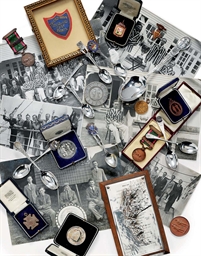

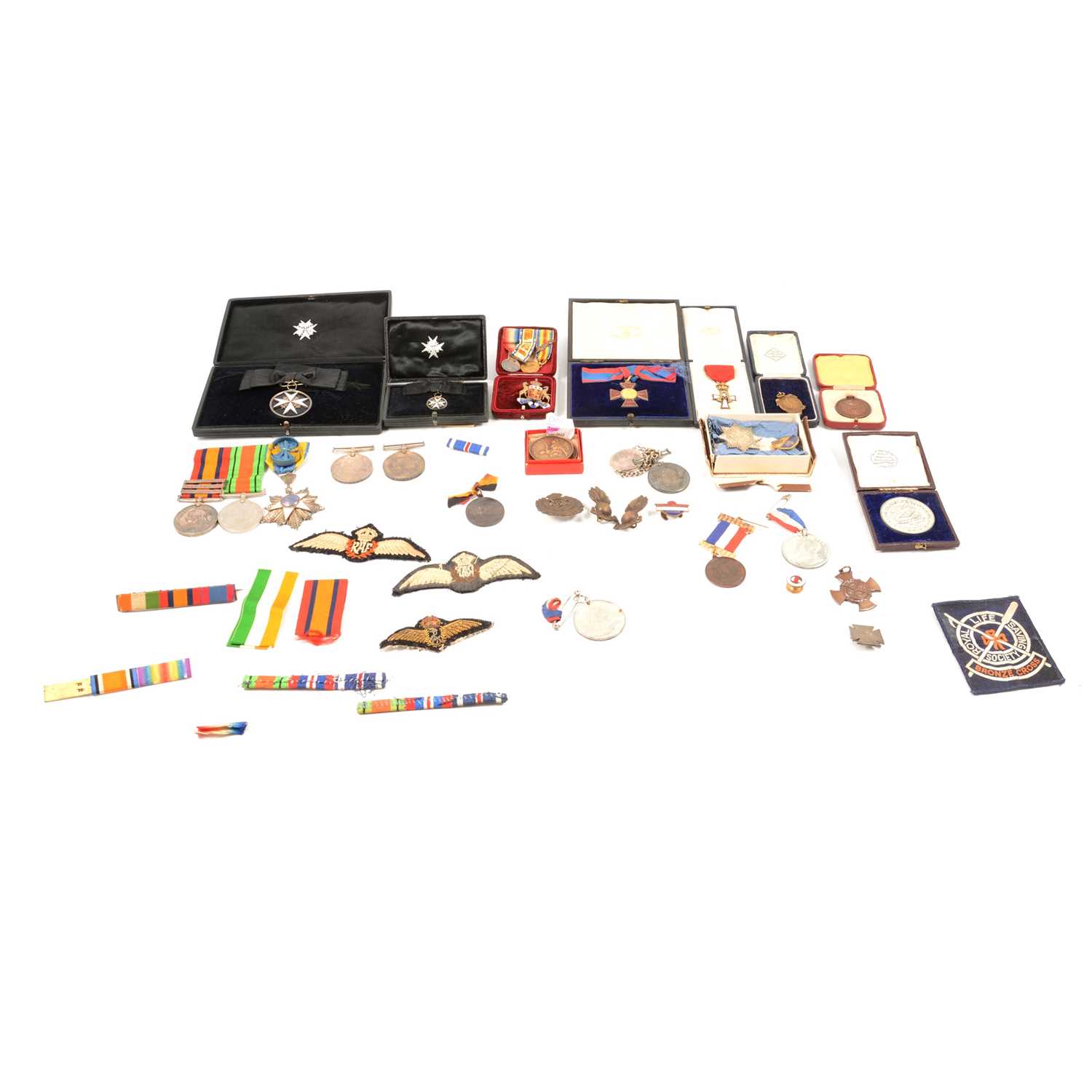



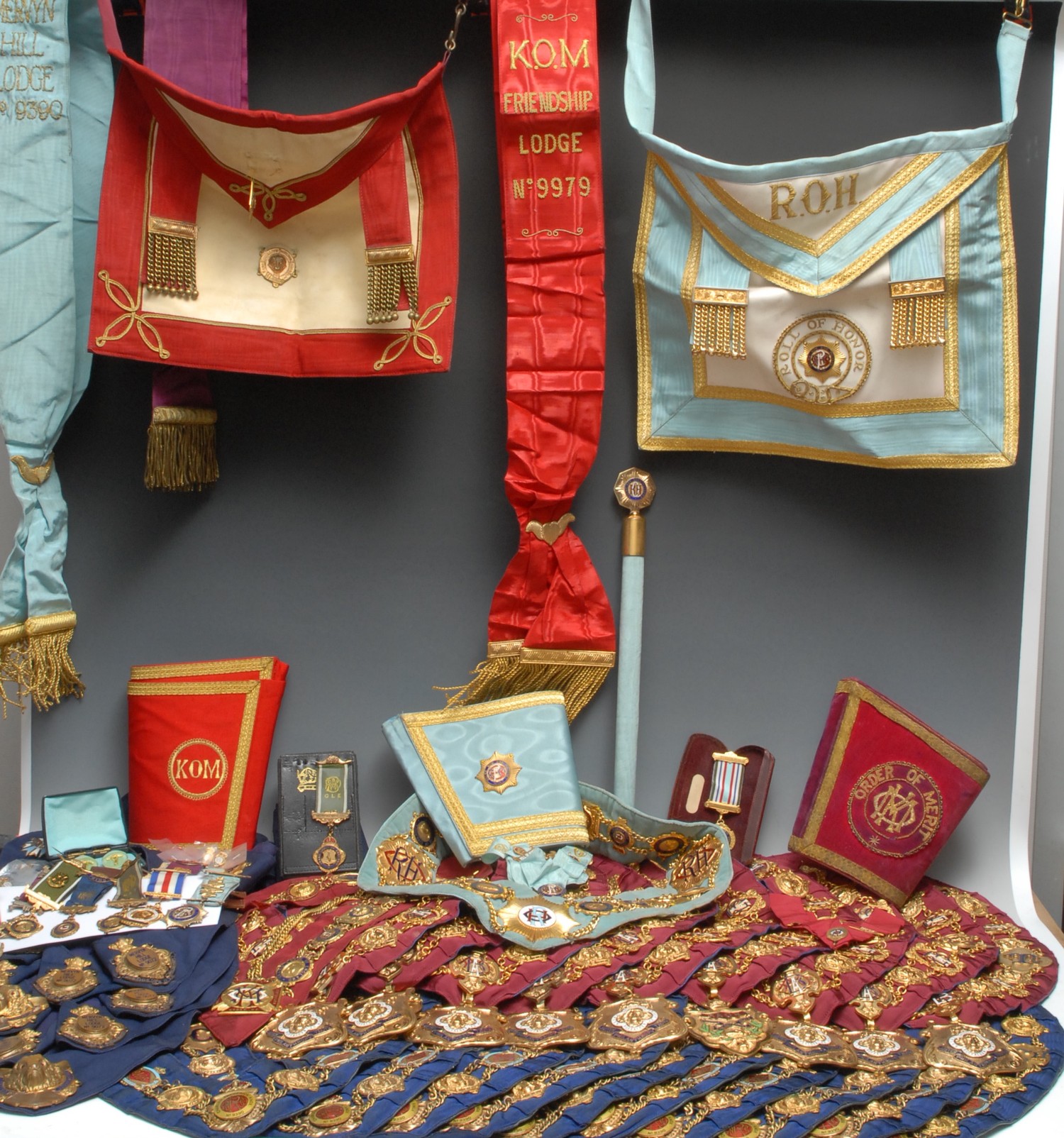
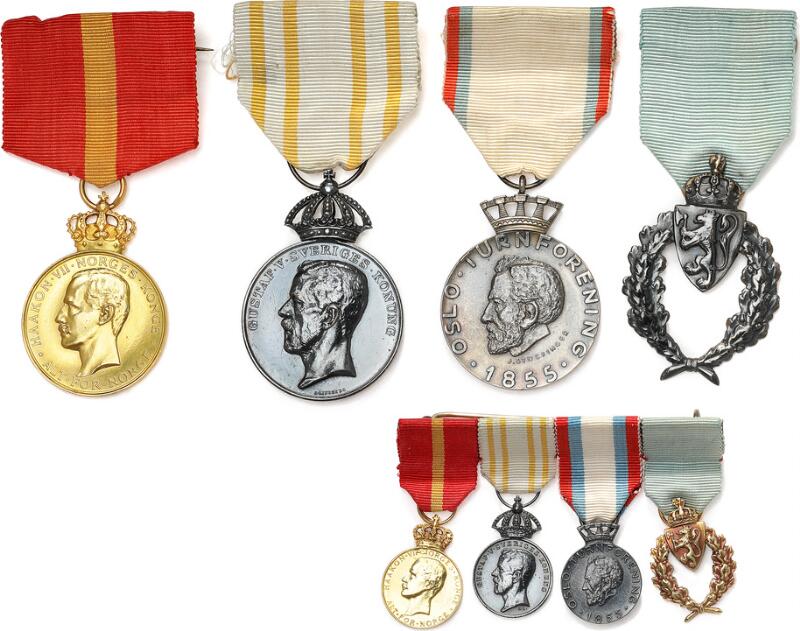



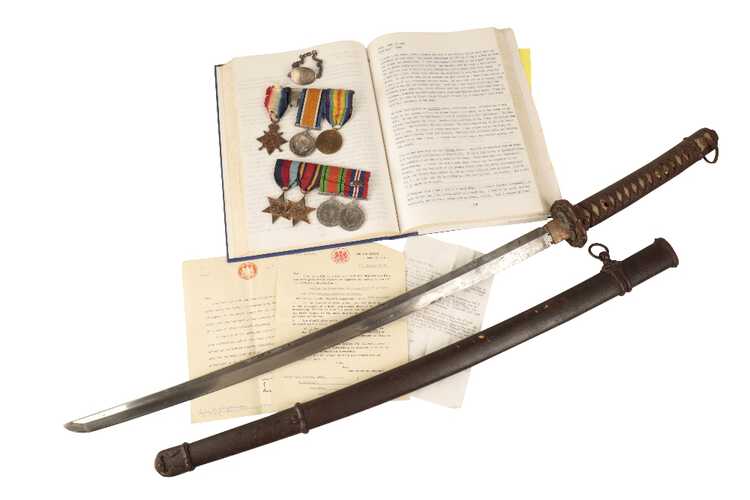
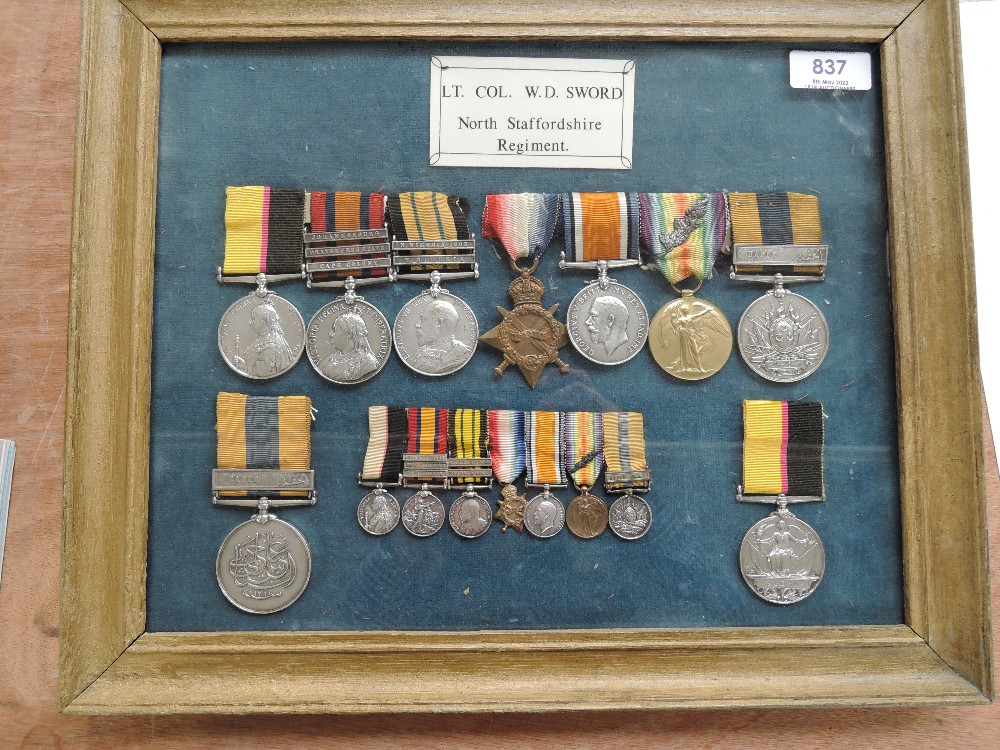
Try LotSearch and its premium features for 7 days - without any costs!
Be notified automatically about new items in upcoming auctions.
Create an alert